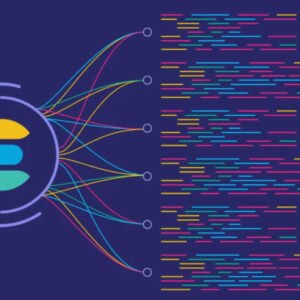
Microsoft Teams has become a cornerstone in modern workplace communication, offering a versatile platform for team collaboration and communication. To optimize your workflow and navigate Teams more efficiently, mastering keyboard shortcuts can be…
Read more
Windows 11 is designed to intelligently manage network connections, choosing the most suitable one for your LAN and WAN networks. However, there are situations where you might want to manually prioritize one network…
Read more
In the realm of Linux, determining whether your system is connected to the internet is a common task. Various tools and utilities are available to perform this check, and you can use either…
Read more
The whois utility is an essential tool for obtaining detailed information about domain registrations, including ownership details, contact information, registration and expiration dates, and more. In this article, we will guide you through…
Read more
Remote Desktop, a powerful feature in Windows, allows users to connect to a remote computer as if they were physically present at the machine. While many users rely on the graphical interface to…
Read more
Load testing is a critical aspect of ensuring that your web server can handle various levels of traffic and user interactions. Apache Bench, commonly known as ab, is a powerful tool designed to…
Read more
Securing your web server is paramount in today’s digital landscape, and one effective method to restrict access to specific pages or areas is by implementing basic authentication. NGINX, a popular web server and…
Read more
The ETag (Entity Tag) header is a crucial component of web servers that facilitates efficient cache validation and conditional requests by browsers. However, in certain scenarios, disabling ETag may be necessary to mitigate…
Read more
In the digital age, understanding internet protocols is crucial. These sets of rules govern how data is sent and received over the internet, ensuring smooth and efficient communication. Here are eight essential internet…
Read more
Managing data effectively in Elasticsearch can be a complex task, especially when dealing with multiple indexes. Consider a scenario where you store logs in your Elasticsearch indexes. With a high volume of log…
Read more
SQL injection is a type of cyberattack where malicious actors exploit vulnerabilities in a web application’s code to gain unauthorized access to a database. While ethical hacking and penetration testing have legitimate use…
Read more



